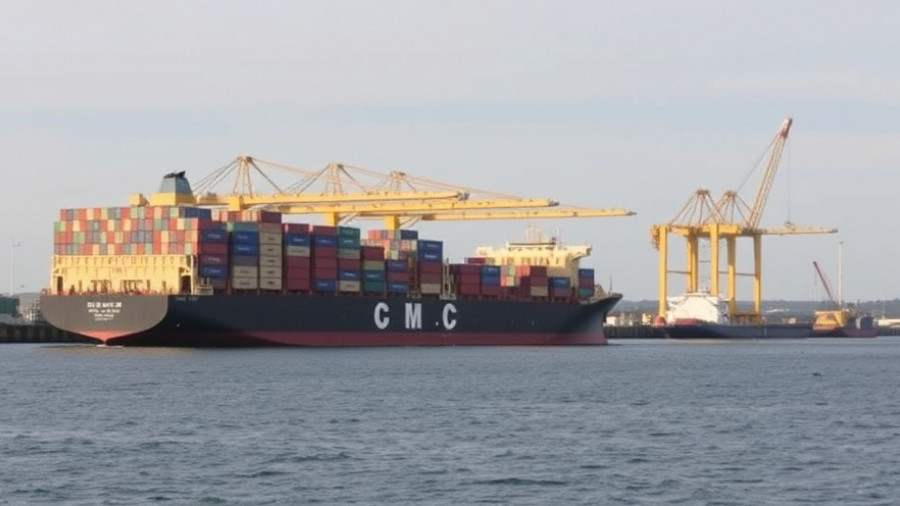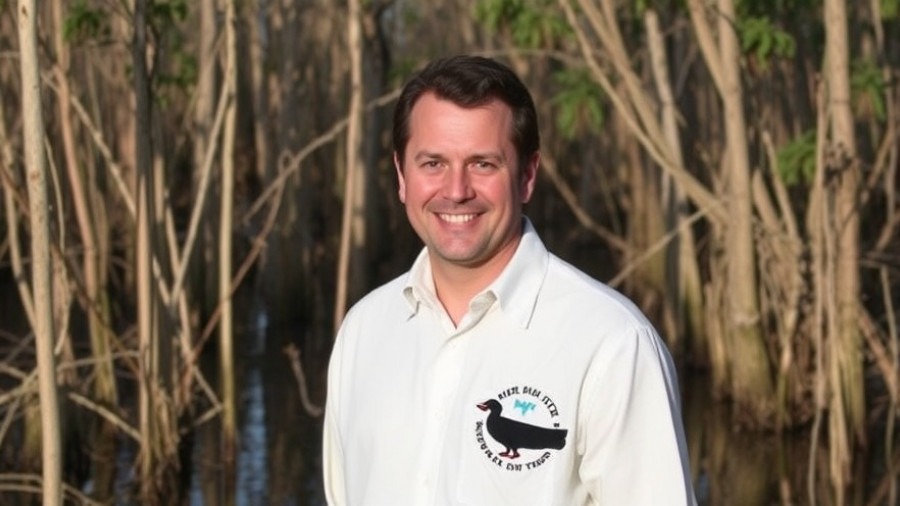
The Return of the New World Screwworm: A Growing Concern
In a stark reminder of the potential threats posed by agricultural pests, a recent case of the New World screwworm in Maryland has caught the attention of health officials. Diagnosed in August after a patient traveled back from El Salvador, this instance of parasitic infestation rekindles fears as the screwworm reemerges in parts of Central and South America. Despite low risks to human health, the implications for livestock and agriculture in the U.S. are significant and raise concerns about the adequacy of resources dedicated to pest control.
Understanding the Impact on Agriculture
The New World screwworm poses a risk not only for livestock health but also for the farmers who depend on these animals for their livelihoods. Past outbreaks have had devastating consequences, leading to substantial agricultural losses. The U.S. managed to push the screwworm out of its borders in the latter half of the 20th century through an aggressive eradication program that involved international cooperation. Yet, with recent reports of cases emerging close to the U.S. border, this success is under threat.
International Cooperation: An Essential Element
The success of previous eradication efforts hinged on collaborative international programs. Specific activities included integrated pest management strategies and biotechnological innovations aimed at reducing screwworm populations. Experts emphasize that ongoing international cooperation is vital to ensure that measures to combat this pest are effective and swiftly implemented.
The Human Health Perspective: What You Need to Know
For the general public, the immediate risks posed by the New World screwworm are minimal; cases of infection in humans are exceedingly rare and primarily occur in endemic regions. According to Timothy Schell from the FDA, there are fewer than a few hundred reported infections each year in affected countries, indicating that the parasite doesn't spread rapidly through human populations. The attention, therefore, continues to rest on its detrimental effects on animal health and the possible subsequent economic fallout.
Budget Cuts and the Future of Pest Control
The situation is further complicated by budget cuts in scientific research and foreign aid, which could jeopardize ongoing efforts to monitor and control pest populations. Resources are vital for studying the effectiveness of existing anti-parasitic medications and exploring new pest control strategies. As history has shown, investing in research can lead to innovations that save entire industries from collapse.
What Can You Do? Protecting Livestock
For those involved in agriculture, maintaining vigilance in monitoring livestock health is crucial. If you suspect any signs of screwworm infestation—such as wounds that do not heal or presence of larvae—immediate veterinary consultation is necessary. Awareness and preparedness can significantly reduce the risks and spread of the parasite.
Final Thoughts: Community Education is Key
This latest case serves as a wake-up call for farmers and agricultural stakeholders. Cooperative networks must be fostered, allowing the sharing of knowledge, resources, and best practices in pest management. The health of communities relies not only on human health but also on the economic well-being tied to agricultural success.
As we contemplate the implications of the New World screwworm's return, consider engaging with local agricultural agencies and educational workshops that focus on pest control methods and livestock health. Collective action can create a resilient community ready to confront the challenges posed by agricultural pests.
 Add Row
Add Row  Add
Add 





Write A Comment